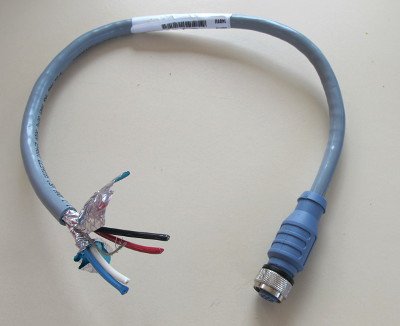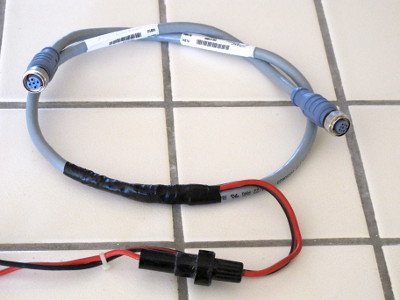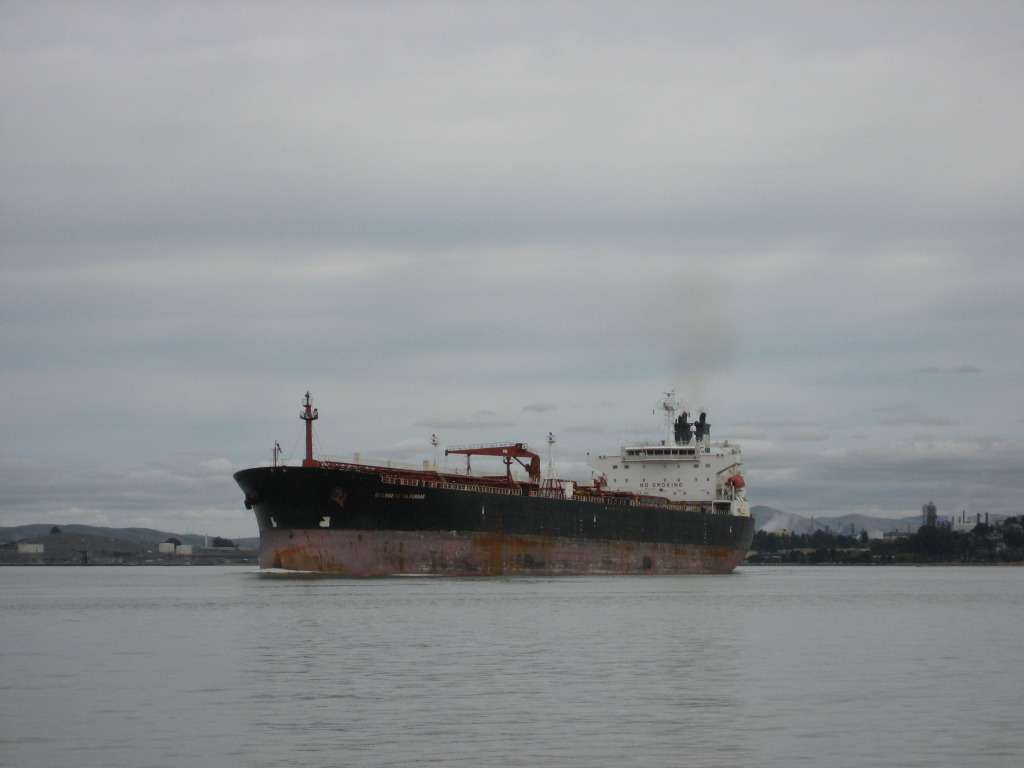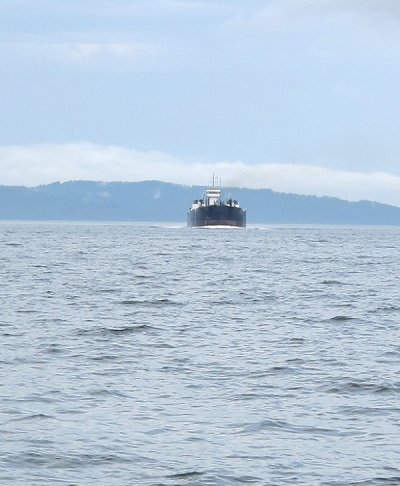I use both Radar and AIS every trip regardless of meteorological conditions or time of day.
Radar is good because it shows all the targets and gives some size perspective.
AIS excels in several areas:
First, it tells you instantly what the target is, what it's doing: moving, anchored or underway not making way, actual course and speed. It also gives you their closest point of approach. You can deduce this from radar in minutes, AIS in seconds.
Second, it tells you the name of most of your targets (commercial ones anyway) so you can contact them by name (much faster than saying "freighter at such and such location").
Third, because I broadcast, it tells targets about my vessel. It tells them the name of my boat (for hailing purposes), that I'm at anchor, that I'm conducting underwater operation. On the ocean it does this 1 to 2 hours before the big ships get to me. They pick me up at 24 to 48+ miles away and can observe that my status is not changing for over an hour. They make a slight course correction 10 miles away and pass with a large separation.
Use to have 1 or 2 near misses every year from large ships not realizing I'm anchored with divers in the water. For the last 3 seasons with AIS, no close calls and I know who to hail if they were (IMO) on too close a heading. My system (Simrad) has a small plotter and the antenna is elevated on an extension. Total cost was <$1,200 and worth every penny!
Ted








